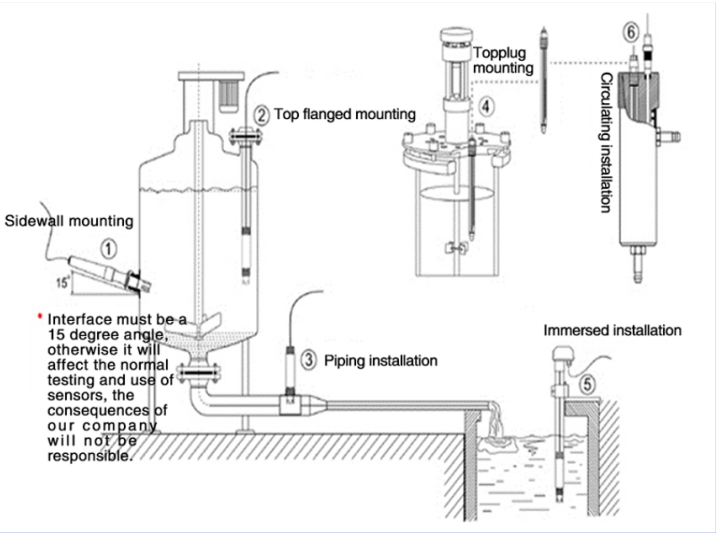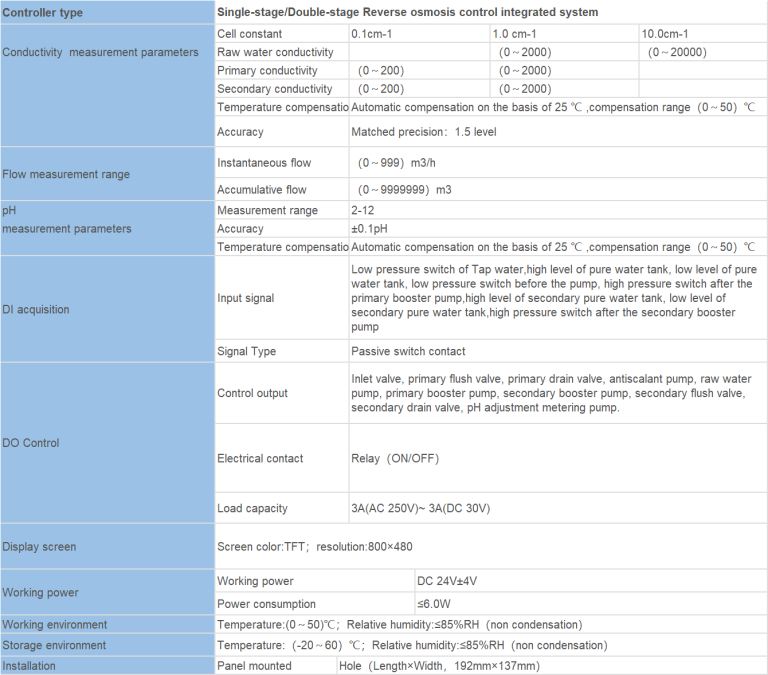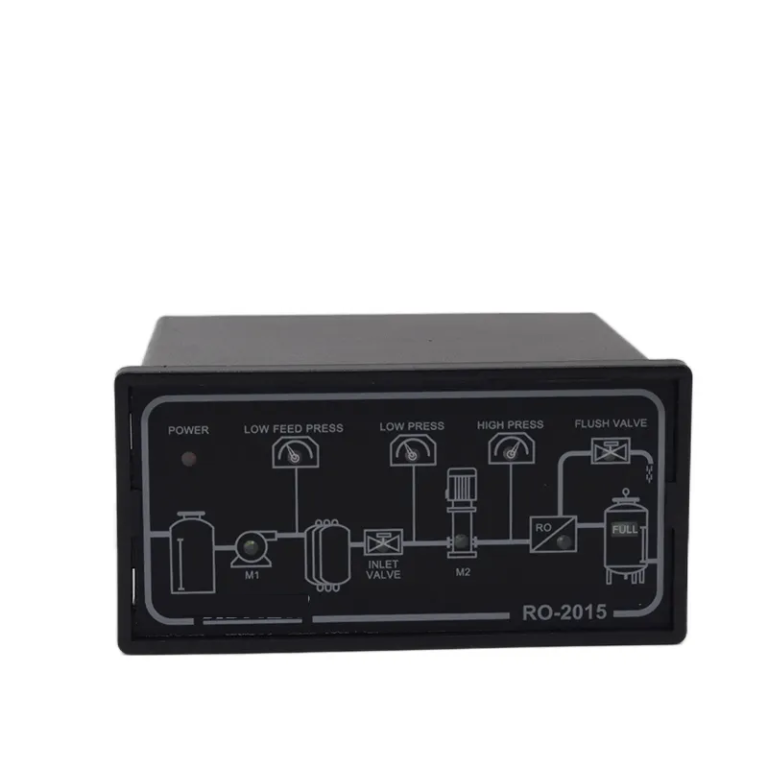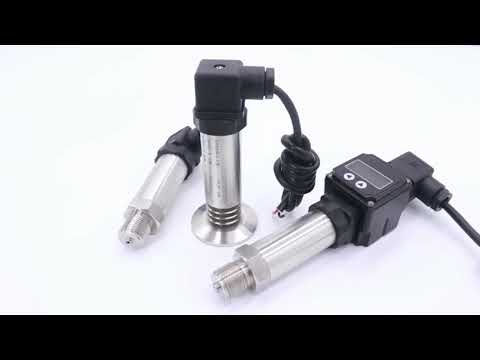Importance of Monitoring Turbidity Levels in Water Quality Control
Turbidity is a key parameter in water quality monitoring that measures the cloudiness or haziness of a fluid caused by suspended particles. These particles can include silt, clay, organic matter, and other debris that can affect the overall quality of the water. Monitoring turbidity levels is crucial in ensuring that water is safe for consumption and meets regulatory standards.
One of the main reasons why monitoring turbidity levels is important is because it can serve as an indicator of water quality. High turbidity levels can indicate the presence of contaminants in the water, such as bacteria, viruses, and other harmful pathogens. These contaminants can pose serious health risks to humans and animals if consumed, making it essential to keep turbidity levels within acceptable limits.
In addition to serving as an indicator of water quality, turbidity can also affect the effectiveness of water treatment processes. High turbidity levels can interfere with the disinfection process by shielding pathogens from the disinfectant, reducing its effectiveness. This can result in water that is not adequately treated and may still contain harmful contaminants. By monitoring turbidity levels, water treatment plants can adjust their processes to ensure that water is properly treated and safe for consumption.
Another reason why monitoring turbidity levels is important is because it can impact aquatic ecosystems. High turbidity levels can reduce the amount of light that penetrates the water, which can inhibit the growth of aquatic plants and algae. This can disrupt the food chain and ecosystem balance, leading to a decline in biodiversity and overall health of the ecosystem. By monitoring turbidity levels and taking steps to reduce them, we can help protect aquatic ecosystems and ensure their long-term sustainability.
| Product Model | MFC-8800 | |
| Communication port | The uplink slave channel Modbus RTU protocol RS485 port is connected with DTU and DCS | |
| Downlink master channel RS485 port of Modbus RTU protocol is connected with data acquisition terminal | ||
| 4~20mA output | 1 channel two-wire type Maximum loop resistance 400Ω | |
| 4~20mA Input | 2 channel channel two-wire type( initiative feed) | |
| DI Input | 2channels Photoelectric isolation logic switch | |
| DO Output | 3 channels relay | 1 SPDT AC220V; 3A(MAX) |
| (only for drive signal) | 2 SPST AC220V; 3A(MAX) | |
| 1channel Photoelectric switch | Proportional pulse/frequency | |
| Load capacity:100mA/DC30V | ||
| Data acquisition | Data acquisition collection,with 3 channels DC24V sensor power supply | |
| Display mode | 3.5”(or 4”)colorful LCD touch screen | |
| Power supply | Wide power range :(12-24)V | |
| Consumption | <5W | |
| Environment requirements | Environment temp:(5~45)℃; relative humidity:≤90%。 | |
| Hole dimension | (91×91)mm hole dimension;panel dimension(100*100)mm | |

So, what is considered a good turbidity level in water? The answer to this question can vary depending on the source of the water and its intended use. In general, turbidity levels should be kept below 1 NTU (Nephelometric Turbidity Units) for drinking water sources. This level is considered acceptable for human consumption and meets regulatory standards set by organizations such as the Environmental Protection Agency (EPA).
For recreational water sources, such as swimming pools and lakes, turbidity levels should be kept below 5 NTU to ensure water clarity and safety for swimmers. Higher turbidity levels can make it difficult to see submerged hazards and can also indicate the presence of contaminants that may pose health risks to swimmers.
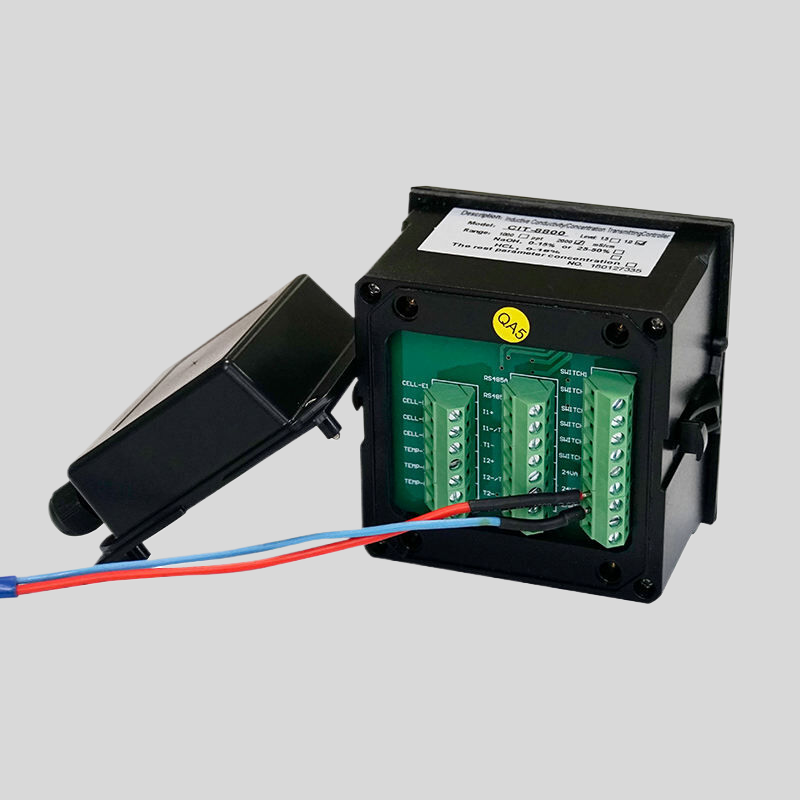
In conclusion, monitoring turbidity levels is essential in maintaining water quality and ensuring the safety of drinking water sources and recreational water bodies. By keeping turbidity levels within acceptable limits, we can protect human health, support aquatic ecosystems, and maintain the overall quality of our water resources. It is important for water treatment plants, regulatory agencies, and individuals to work together to monitor and manage turbidity levels to ensure a clean and safe water supply for all.
| POP-8300 free chlorine online analyzer | ||
| System Model | POP-8300 free chlorine online analyzer | |
| Measurement configuration | (HClO)free chlorine.. | |
| total free chlorine/(ClO2)/pH/Temperature | ||
| Free chlorine | (0.00-2.00)mg/L(ppm); (0.00-20.00)mg/L(ppm) | |
| Measurement | pH | 2.00-12.00 |
| range | Temperature | (0.0-99.9)℃ |
| Free chlorine | 0.01mg/L(ppm) | |
| Resolution | pH | 0.01 |
| Temperature | 0.1℃ | |
| Free chlorine | Indication error 10% | |
| Accuracy | pH | 0.1pH |
| Temperature | ±0.5℃ | |
| Sensor life | pH/free chlorine sensor | 12months(The service life is closely related to the measurement medium and maintenance frequency) |
| Communication interface | RS485 | MODBUS RTU communication protocol |
| Number of channels | Double channels | |
| (4-20)mA | Technical feature | Isolated, reversible, completely adjustable, instrument/transmitter dual mode |
| output | Channel configuration | Programmable point to Free chlorine, chlorine dioxide, Temperature, pH |
| Loop resistance | 400Ω(Max), DC 24V | |
| Transmission accuracy | ±0.1mA | |
| Number of channels | Double channels | |
| Contact mode | The first and second for photoelectric switch | |
| Control output | Load capacity | Load current 50mA(Max),AC/DC 30V |
| Control point | Programmable function(Free chlorine, chlorine dioxide, Temperature, pH, Timing) | |
| Load capacity | Load current 50mA(Max),AC/DC 30V | |
| Control point | Programmable function(Free chlorine, chlorine dioxide, Temperature, pH, Timing) | |
| Power supply | Connected to electric supply | |
| AC80-260V;50/60Hz,compatible with all international | ||
| market power standards(110V;220V;260V;50/60Hz). | ||
| Working environment | Temperature:(5-50)℃;relative humidity:≤85% RH(non condensation) | |
| Power Consumption | <20W | |
| Storage environment | Temperature:(-20-70)℃;relative humidity:≤85%RH(non condensation) | |
| Installation | Wall mounted(with the preset back cover) | |
| Cabinet weight | ≤10kg | |
| Cabinet dimension | 570*mm*380mm*130mm(H×W×D) | |

